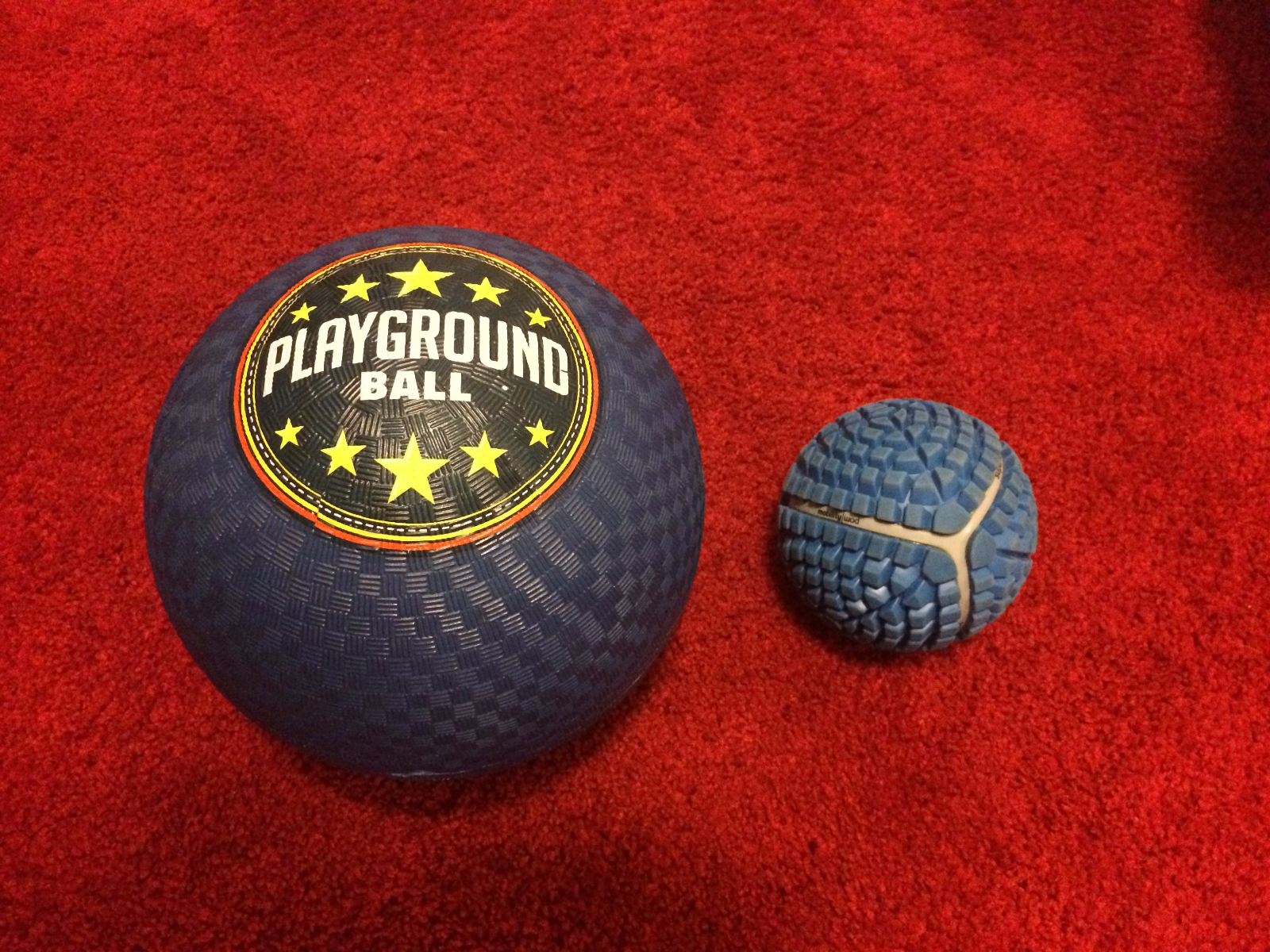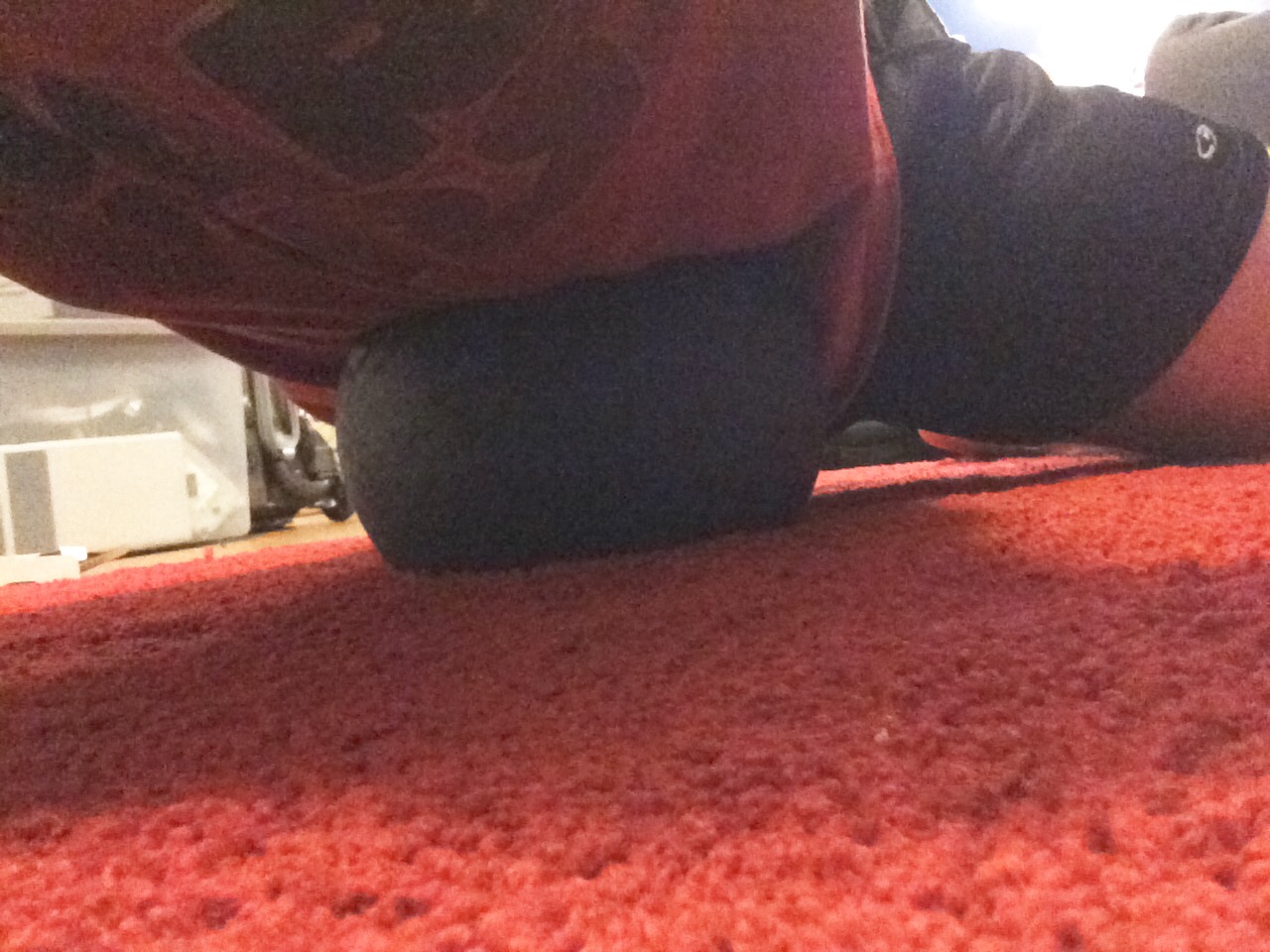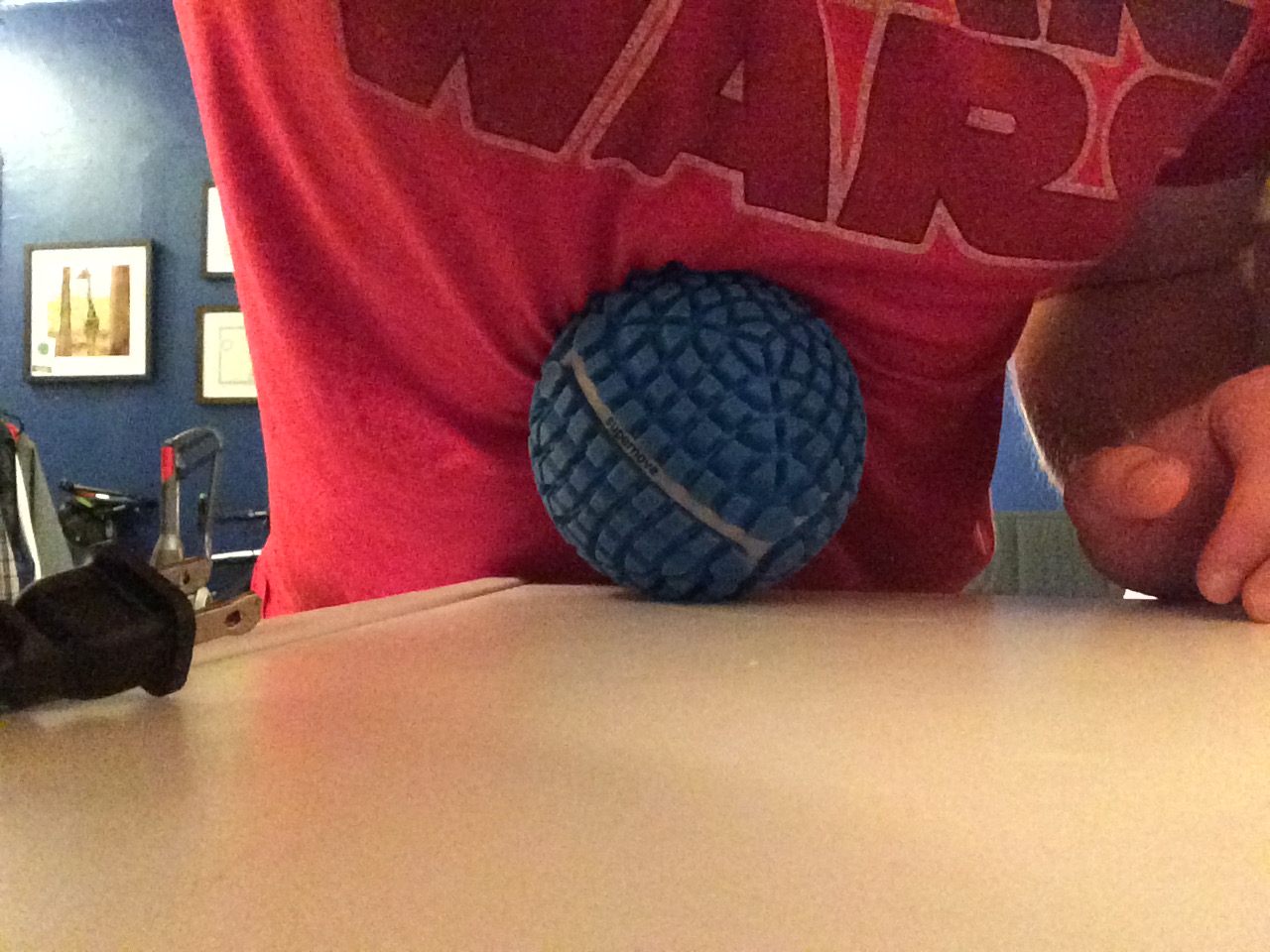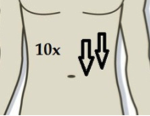When it comes to self-care most people are familiar with the major players.
The quads, hamstrings, upper back, lower back, mid back, neck, hands, feet, and arms are all represented. Everyone knows their trouble spots and how to go about smashing, stretching, and grinding them into submission. But, how well do you know your diaphragm? I’m sure you’ve all heard the phrase “breathe into your belly” or “take a big diaphragmatic breath!”. But what does the diaphragm actually do and how can we keep it healthy?

The diaphragm, or thoracic diaphragm to be more specific, is a sheet of muscle that separates the thoracic cavity, holding the heart and lungs, from the abdominal cavity. When you take a deep breath into your belly, not allowing your rib cage to lift, the diaphragm contracts and increases the volume of your thoracic cavity thus drawing air into your lungs. As it does this it displaces the internal organs of your abdomen and causes it to distend.
Now, like I said, the diaphragm is a muscle and thus when that muscle does work it can become overly tight and junkie and begin to interfere with your proper breathing mechanics. What also becomes a problem is when your abdominal muscles also become overly tight and junkie and can no longer distend properly. Put these two together and you are literally out of breathing room. Here is a two-step process I like to use to help release my abdomen and diaphragm and restore my breath.
The first piece is release tension in the abdominal muscles. For this you will have to invest in a kid’s playground style ball much like the red ones we used to play handball with. They are available at Target and are super cheap. You want something a little smaller than a basketball.

Take the ball and literally lie down with your belly on it. Here you are going to take a deep breath and push into the ball. Hold the breath and begin to contract your abs and release them several times then exhale. Repeat this for 2-3 minutes. Then you can move the ball a little lower to just above the pubic bone to release the lower abdominals and also the iliac on the inside of your pelvis. Again, take a deep breath, hold, contract relax, and exhale for 2-3 minutes. I also find that a slight side to side motion on the lower abdominals can help release the deep corners of your abdominal wall. You may find that this particular release has a positive effect on any low back tension you may also be feeling.
The next piece is to clean up the edges of your abdominal wall and diaphragm around your rib cage. Now most people will be nervous to work in this area having never done it before, but I assure you it is perfectly fine and dare I say, imperative, that you do so. For this you will need a relatively softball sized implement and a counter top. Place the implement on the counter and then place the edge of your sternum on the implement. From here you will sink in slightly and begin to work out in either direction. If you run into any stick spots you can contract and relax your abs, sink in a bit more, and continue to work the edge of your ribs and upper abdominals for 3-5 minutes.

There you have it. A simple and effective way to help restore your deep belly breathing. This release will also help to stabilize the trunk more efficiently when performing athletic activities.
We mustn’t forget that there are deeper muscles within that need to be worked on. The posts, illiacus, intercostals, inner abdominals, and diaphragm all play major roles in human performance and functionality. Do not neglect them.
References:
- Atlas of Human Anatomy, Frank H Netter
- Gray’s Anatomy, Henry Gray
- Essential Anatomy 5, iPad app
- http://www.mobilitywod.com/
This article/video is for educational purposes only; do not attempt without your physician’s clearance. If you are in pain or injured, see your physician.
Copyright © Vidal Sports LLC 2018






